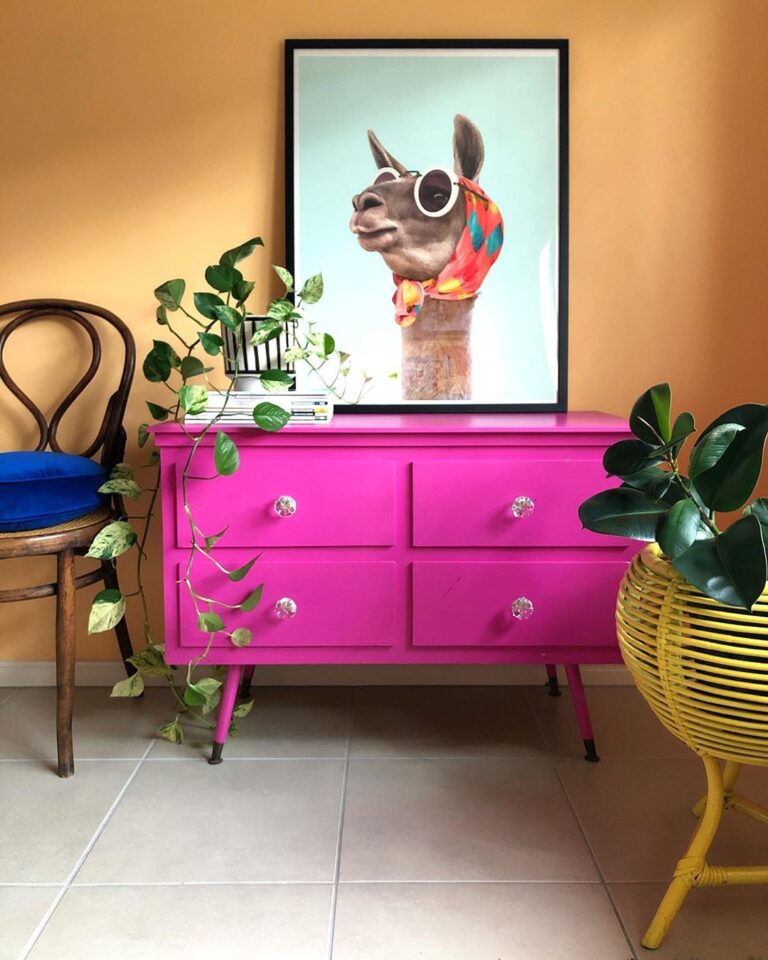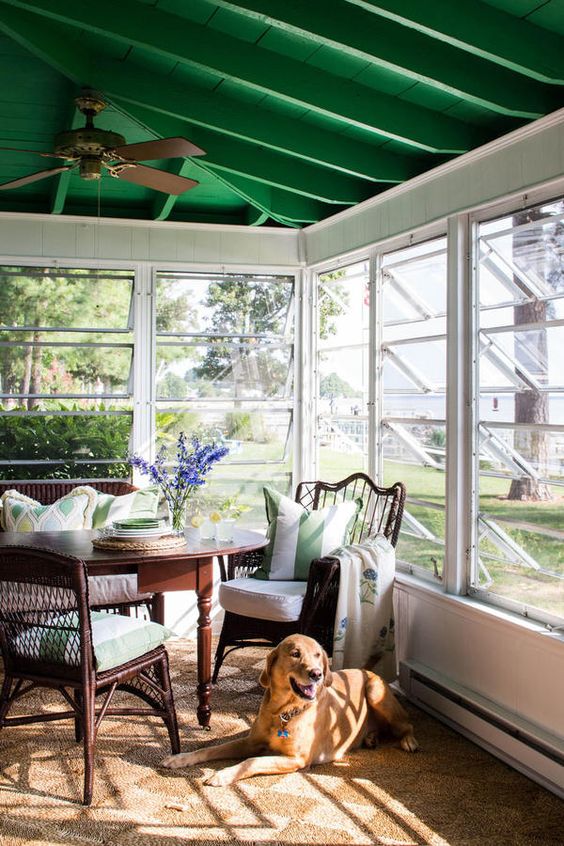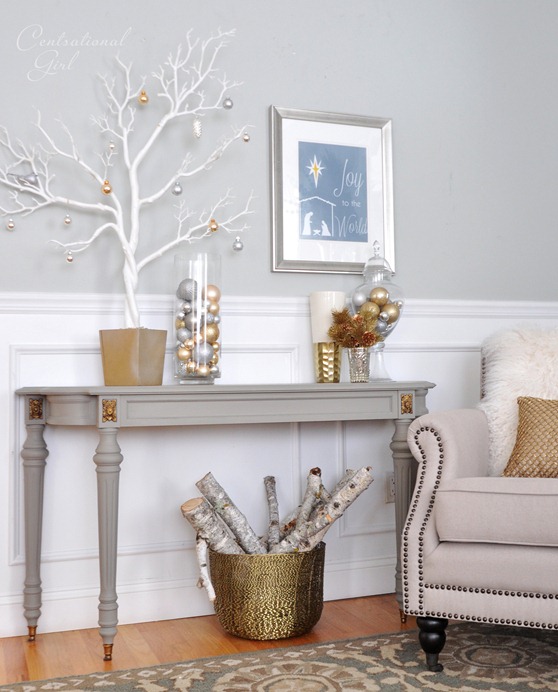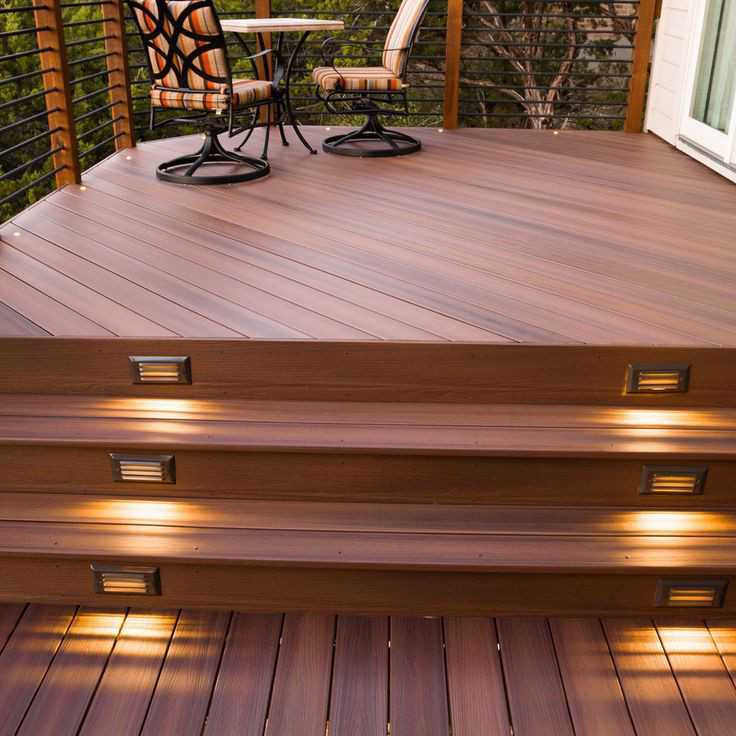Step-by-Step Guide: Make Your Home More Inhabitable
Does your home feel more like a prison than a place of refuge? Are you looking for ways to add comfort and make it feel less like a barren wasteland? If so, you’ve come to the right place. Here are step-by-step instructions on how to make your home more inhabitable. Read on for more information.
Update the Security Systems
Install a security system in your home to help monitor intruders and fire. Improve the lighting around exterior doors. Ensure that windows have locks, especially those high up off of ground level. Install timers or motion sensors on outside lights, so they only activate when you are away from your house at night time.
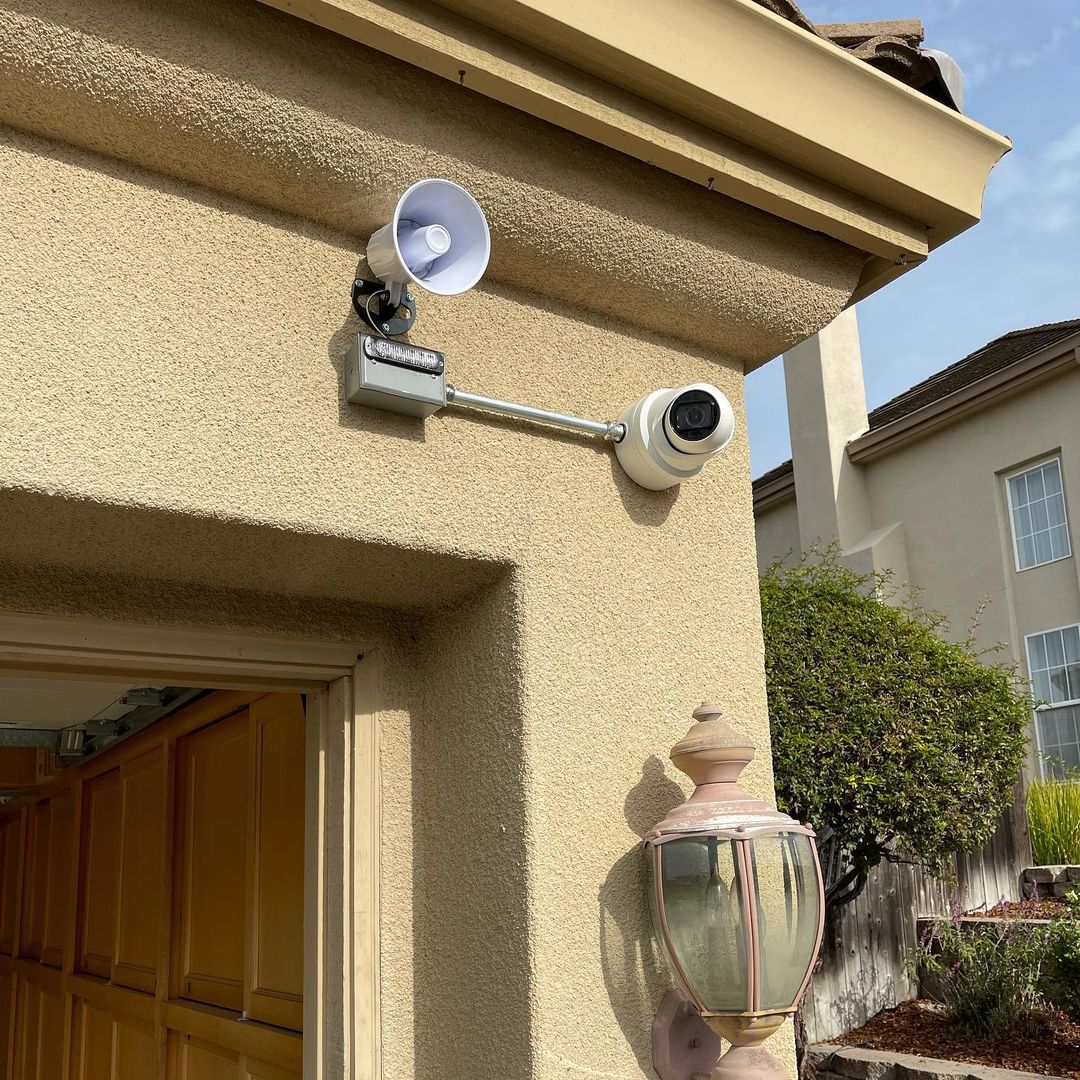
You should install cameras to see who is approaching your front door or back yard area without being seen by unwanted visitors who may be watching the camera before knocking.
Check all window screens carefully to ensure no holes exist, which could allow an intruder access through them into your home if climbing onto a porch roof, for example. In addition, ensure all entry points can be locked securely, whether side gates, garage doors, or windows. The better protected your home is from potential intruders, the less likely they will attempt to break in.
Improve Air Quality
There are a few things you can do to improve the air quality in your home. One is to install an air purifier. Another is to make sure your ventilation system is working correctly. You can also open windows to let fresh air in and avoid harsh chemicals indoors.
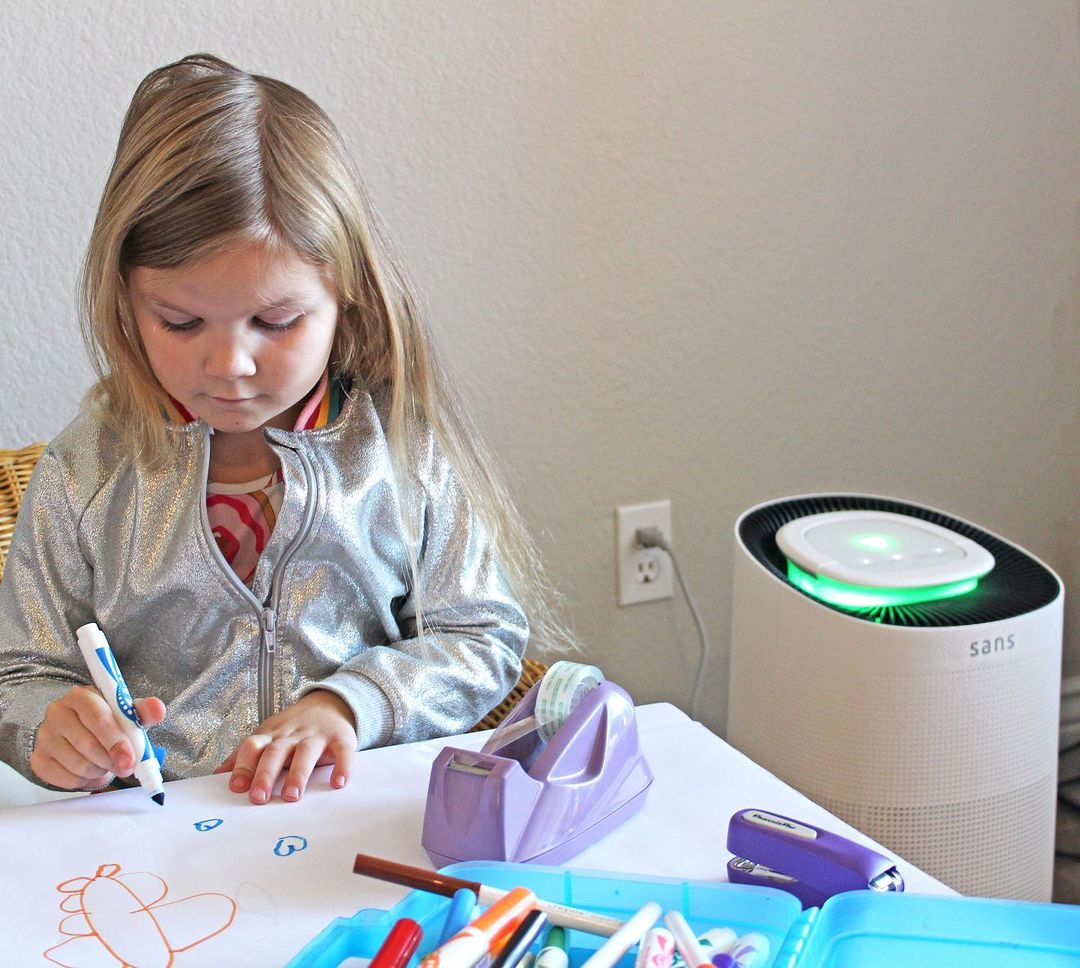
Improving air quality in your home will help you feel better and breathe easier. It’s essential for everyone, but especially those with allergies or asthma. So if you’re looking for a way to make your home more inhabitable, improving the air quality is an excellent place to start.
You can also install devices like Molekule Air Quality Amazon Skill, which lets you know the quality of your atmosphere.
Seal Any Cracks in the Fence
This step will help keep out pests and other animals. You can use a sealant made for this specific purpose or a simple silicone sealant. Be sure to get in all the cracks, no matter how small they seem.

If your home has an outdoor attached garage, check that the door is well-sealed as well. Much heat escapes through the garage door, so it’s essential to make sure it’s sealed properly. You can do this by using weather-stripping or a door sweep.
Fix Any Structural Damage
You ought to fix any structural damage in your home, as soon as possible. They can include cracks in the walls, ceilings, or floors. It can also have damage to the roof, windows, or doors.
Fixing this damage will make your home more inhabitable and safer. As soon as you notice structural damage, call a professional for repair services.

You can also fix some of the more minor issues yourself if they aren’t too complicated. For example, you might be able to replace a damaged door without calling in a contractor, but more severe problems should always have a professional handle them first-hand.
Prevent Any Hazards
Install smoke detectors and carbon monoxide detectors. Test them regularly and change the batteries at least twice a year. Check your electrical wiring for any damage or fraying cords. Get an electrician to fix any problems.
Make sure all of your furniture is stable and won’t tip over easily. Anchor heavier pieces to the wall. Place cords and wires out of reach, especially if you have small children. Keep all household chemicals and cleaners in a safe place, preferably locked. If not, keep them high so kids can’t reach them.
Handle Any Electrical Malfunctioning
When having electrical problems in your home, it is best to handle them as soon as possible. Electrical malfunctions can be dangerous and can also cause further damage to your home if left untreated.
Here are a few tips on how to handle any electrical malfunctioning in your home:
Turn off the power to the affected area before attempting to fix anything. You can do this by flipping the breaker switch or removing the fuse.
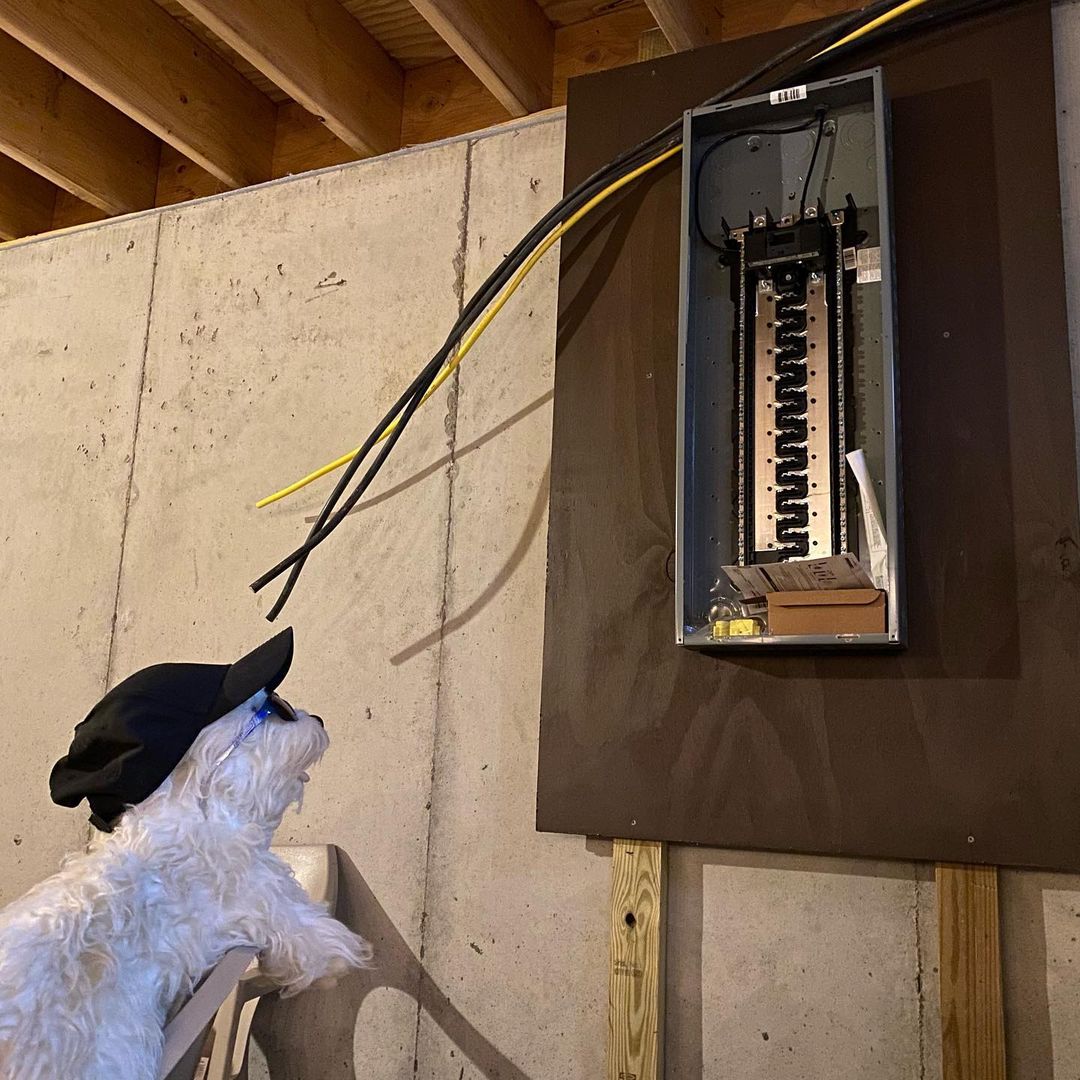
Check all of the wirings in the area for damage. If you see any frayed wires or sparks, turn off the power and call an electrician immediately. Do not try to fix the problem yourself.
When there is water present, do not touch any electrical equipment. Instead, turn off the power and call an electrician.
If you are not comfortable fixing the problem yourself, call a professional. Electrical issues can be dangerous, and it is always better to be safe than sorry.
Repair Water Leaks
A common sign of water leakage is hearing the sound of running water when no one is using it. Check all appliances and faucets to see if they are dripping or leaking water.
Turn off the valve under your sink that controls hot and cold water for that particular line before checking each appliance. If something turns out to be malfunctioning, repair it right away so you can stop wasting money on wasted bills due to water leaks.
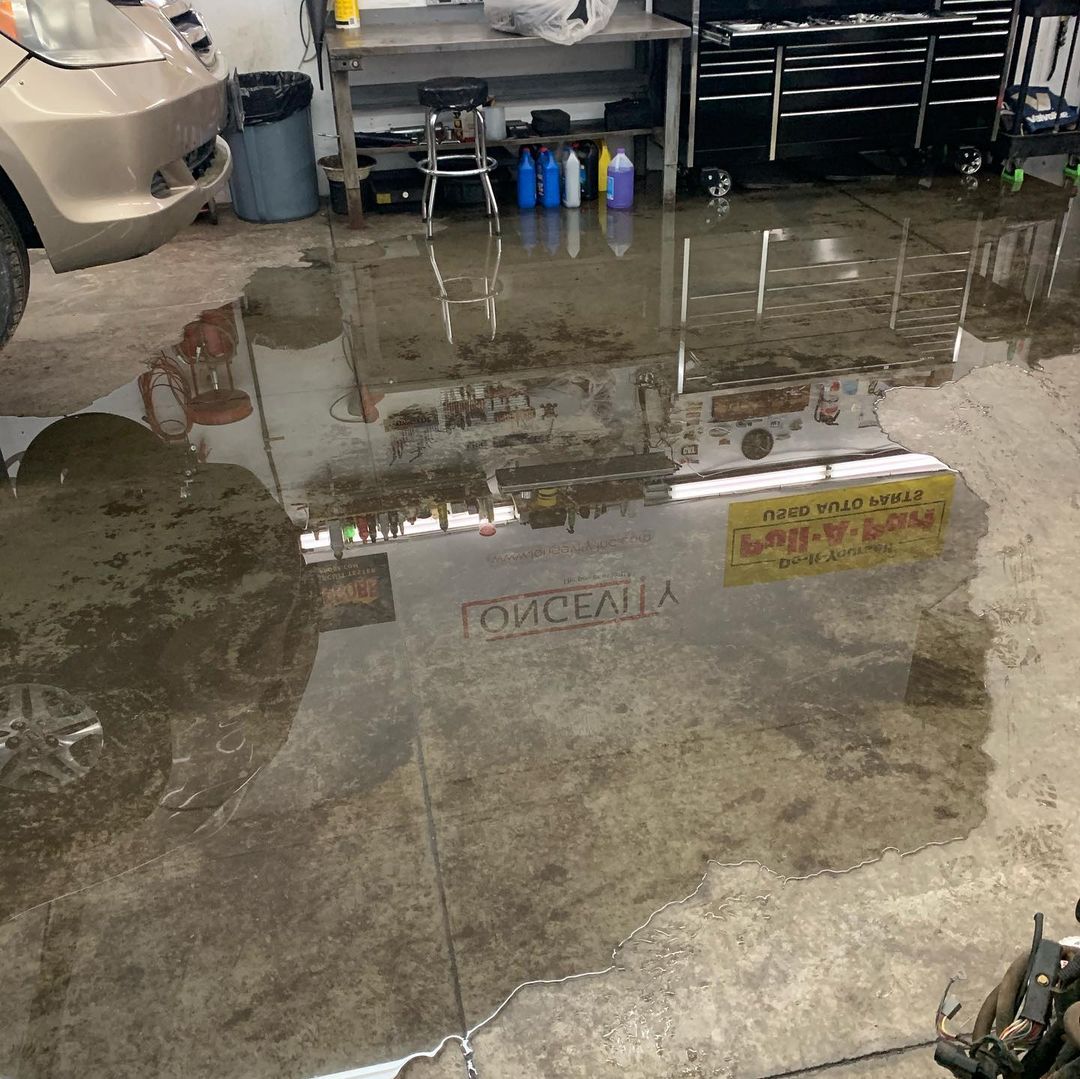
A small water leak can turn into a big one immediately if not taken care of. Not only will this save you money on your water bill, but it can also help prevent damage to your home.
Some signs that you may have a water leak are: high electricity bills, damp spots on the walls or floor, mold growth, and the water heater turning off prematurely. If you notice any of these warning signs, be sure to investigate further to see if you have a water leak.
Use Quality Storage Materials
When it comes to storage, you want to make sure that you use quality materials. Not only will this help keep your belongings safe and secure, but it will also add some extra insulation and protection against the weather. This is especially important if you live in a colder climate or have items that you need to store outside.
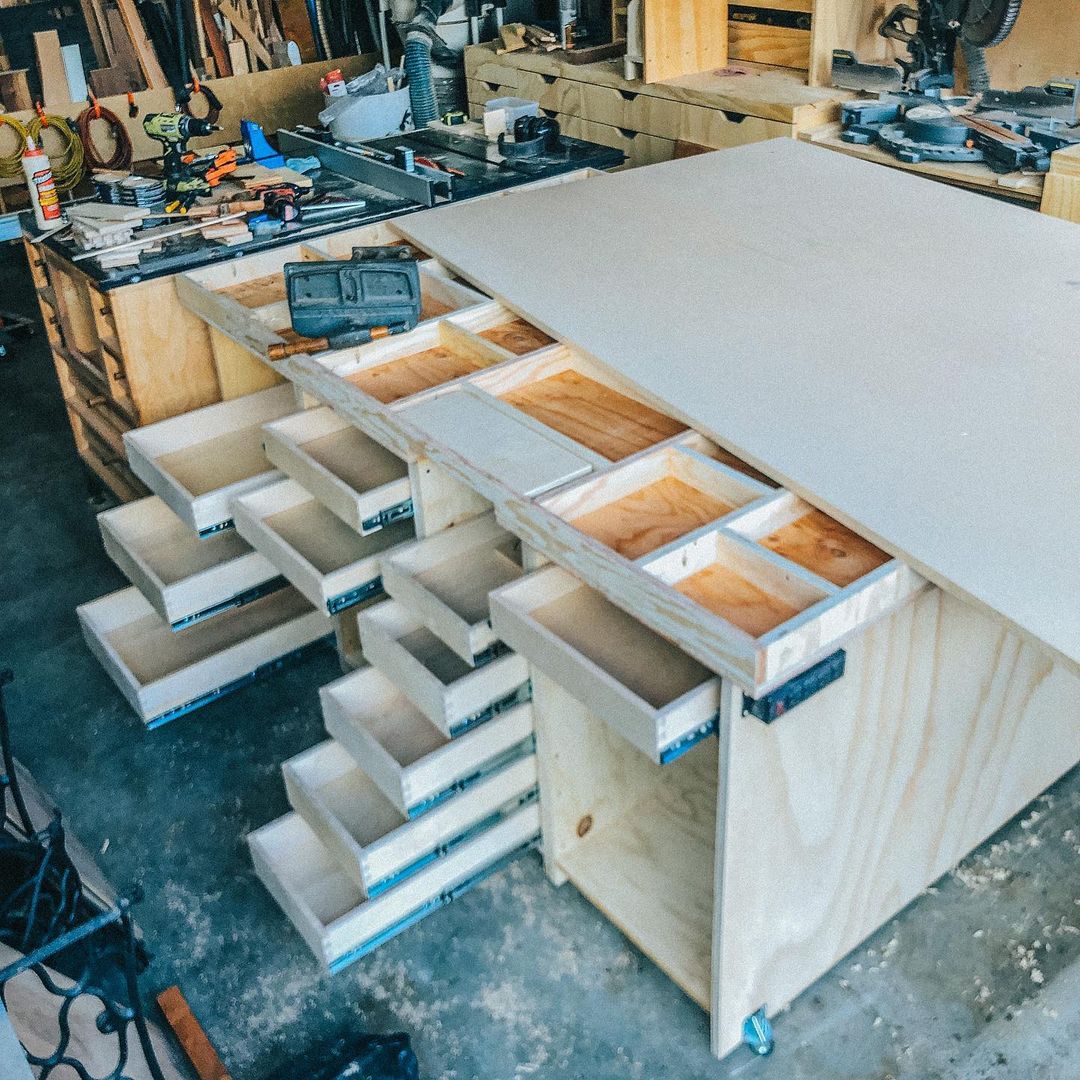
Use quality storage materials such as plastic bins and tubs (with lids) that are strong enough to keep rodents out of your items but light enough for one person to transport easily if necessary.
Ensure the color is not too flashy or bright, so it does not draw attention away from what you have stored inside. For example, consider using a dark green bin with clear plastic on top instead of all black which might attract more bugs or animals who want food nearby.
Deep Clean Your Home Often
The best way to make your home more inhabitable is to deep clean it often. That means cleaning all surfaces, including the floors, walls, and ceilings. You should also vacuum and mop the floors regularly. If you can keep your home clean and tidy, it will be much more comfortable to live in.
Clean your pets’ messes regularly. Pet hair can also be a nuisance, so regularly vacuum or sweep the floors. If possible, allowing pets to sleep in the bed is something that you should avoid because they can leave hair behind when moving around at night or during their daytime naps.

When having guests over to your home, be sure to clean it up well before they arrive, so you don’t put them off by making a wrong impression with an untidy house.
You shouldn’t let things sit out on counters for days before cleaning either; this will only make your messes worse and more challenging for you to deal with later on down the line.
If you do these things often enough, it will be much easier for everyone in your family to spend time at home without feeling uncomfortable or irritated by uncleanliness. They might even start asking that you clean more. But, of course, it is always better not to leave cleaning until it’s too late and health issues arise because of dirty conditions.
You should try to give yourself a weekly chore list so that everything gets done on schedule; this may make life easier if someone else (like children) is supposed to pitch in with housework but fail to meet their responsibilities consistently throughout the week or month.
Sometimes you may find it too difficult to clean your home regularly, don’t worry, consider hiring a maid service or cleaning company for one-off deep cleans. They can make sure everything is spotless and sparkling before moving out of the property.
Take Care of Any Sewage Work
Sewage can cause serious health problems, so it’s best to get the work done as quickly and efficiently as possible. If you’re unsure how to take care of the work yourself, it’s best to call in a professional.

They’ll be able to take care of everything for you and make sure your home is safe and healthy again. Don’t put off dealing with sewage problems – they can quickly become much worse. Get the work done as soon as possible, and rest easy knowing your home is safe once again.
Make Your Home More Inhabitable : Conclusion
There are many affordable and easy ways to make your home more inhabitable. By following the simple steps in this guide, you can create a comfortable space that suits your needs.
Whether you want to improve your indoor air quality, increase natural light, or make your home feel more like “home,” these tips will help you get there. So get started today and make your home a place you love to be in.



